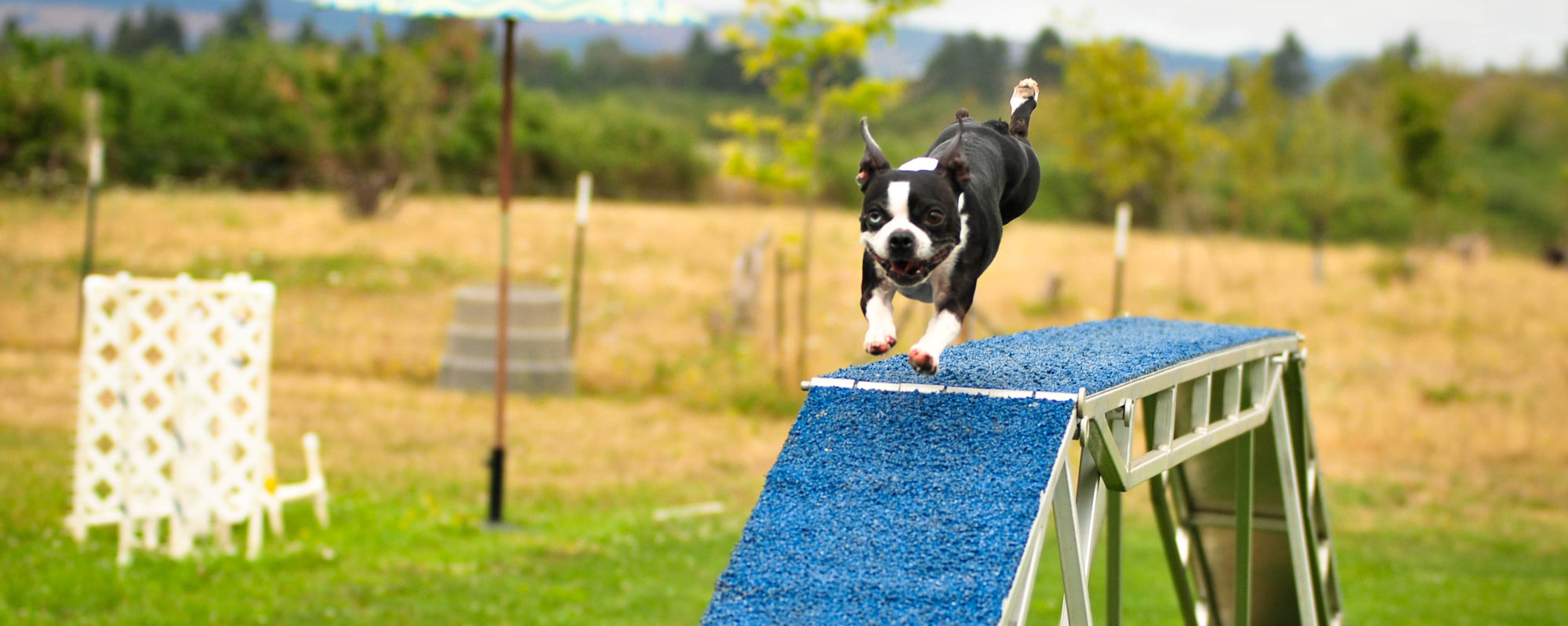This started as an Instagram post but I decided to dive a bit deeper into it because I think it is important to touch on as it something that can often be witnessed at agility trials.

If you are not confident in your dog how can the dog be confident in you? Dogs pick up on energy and can also smell stress via hormones. With this, some handlers very clearly send nervous cues as they hesitantly leave the dog at the first jump. Walking backwards a few steps with tense a “wait, wait, wait” is not an ideal performance and will set both you and the dog up for failure. Ideally, a handler should mindfully set their dog up at the start, aware of the line they are going to be giving him as they release him. If you are not confident in your dogs startline that is a problem that needs to addressed as it will affect the dog across the board during your runs. Immediately, as the dog breaks and you have not set up a clean or even the right line to start the course. This is inefficient and a lot of time can be lost by these messy and frantic lines on course and might even result in a disqualification before you even get going. Ultimately, a messy start usually does not mean a connected or smooth run. Rather than cascading into the same nervous routine at the startline each run- which over time is TEACHING the dog that this is the routine that we follow- stop setting the dog up for failure. Dogs are always learning! A problem like this will not automatically get better, especially if this is the routine and behavior you have unintentionally trained into the dog his whole career.
In turn, by training both a startline routine and solid foundation skills, like impulse control, and by actively practicing and rewarding these skills (across the board and not just in agility!) you will have a confident dog at the startline who knows exactly what is expected of him: a solid and reliable startline with an attuned dog who is ready to go when you say the word. The importance of a solid startline is significant. Not having to worry about your dog breaking or getting to where you need to be to start creates a more clear mind for you too. This allows you to be more confident during your run and as mentioned earlier, dogs can sense this and will be more confident in you too. Being able to leave your dog, verify the dogs line from starting position and calmly release and getting going to the next spot can make a world a difference during your runs. On course, having these skills will directly transfer to having a solid and reliable table performance too. Worrying about your dog staying on the table mid run is no fun and having the opportunity to get ahead and set a nice line for the dog also has its advantages.
Laying down the necessary foundation skills needed for a solid stay and impulse control in and out of the ring is the core step to then training and practicing a startline routine. A solid stay at the start does not mean drilling the dog at the startline or trying to perfect his stay (especially when he is failing !!) as he is behaving in the a way he always has but to take a step back to practice and proof the skill itself. It is possible the dog simply does not understand what is expected of him. If the dog is having issues specifically in a certain environment or arousal level then work to recreate the stressors of the environment in order to proof the behavior. Train and reward a strong stay throughout the dogs life and day. Building drive into the stay itself is a powerful tool in drive and motivation too.
Connor Mckeever, a certified mondioring decoy, agrees on the importance of skills like this in his own branch of the dog world and says that “having a great working relationship starts outside of the field for sure. If my dog and I are having problems outside of our routine I promise it will show in the work.” Having these skills in place is important even beyond agility or being out on the field with your dog with whichever sport you may do. Especially important when it comes to your dogs safety if you dog cannot control himself or respect barriers and bolts any time his impulses find it rewarding.
I recommend handlers needing help or who want to improve these skills take my Skill & Relationship Building online course with quick, fun exercises to work with feedback. Or, I also offer Personalized Coaching/Modules I am more than happy to set something up specifically for your dog and your goals. 🙂
Side note: There is a time and a place for everything. Running starts are good too! What this post is specifically about is handlers who let their dog control the situation at the startline. Having clear cut skills and setting the dog and yourself for success is a win in itself! 🙂

You must be logged in to post a comment.